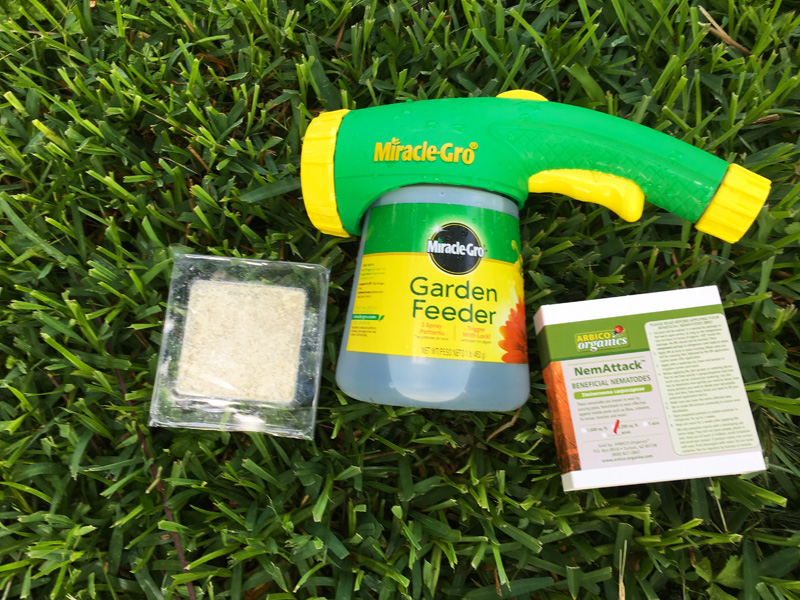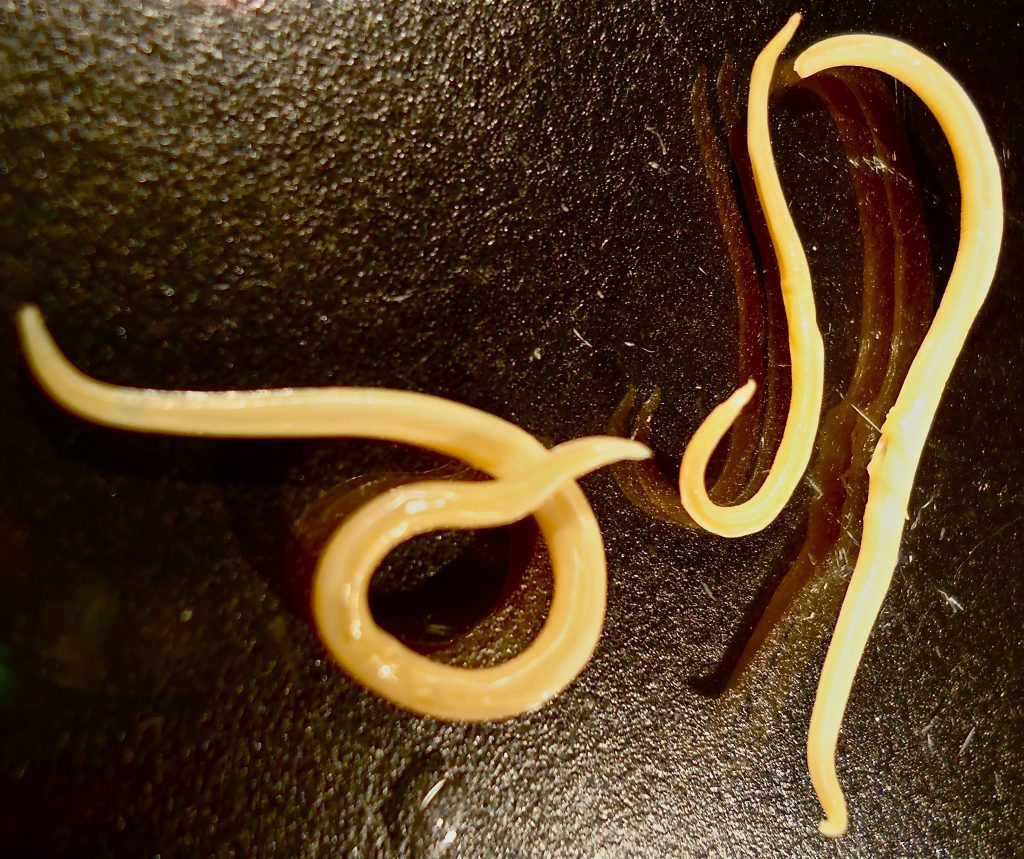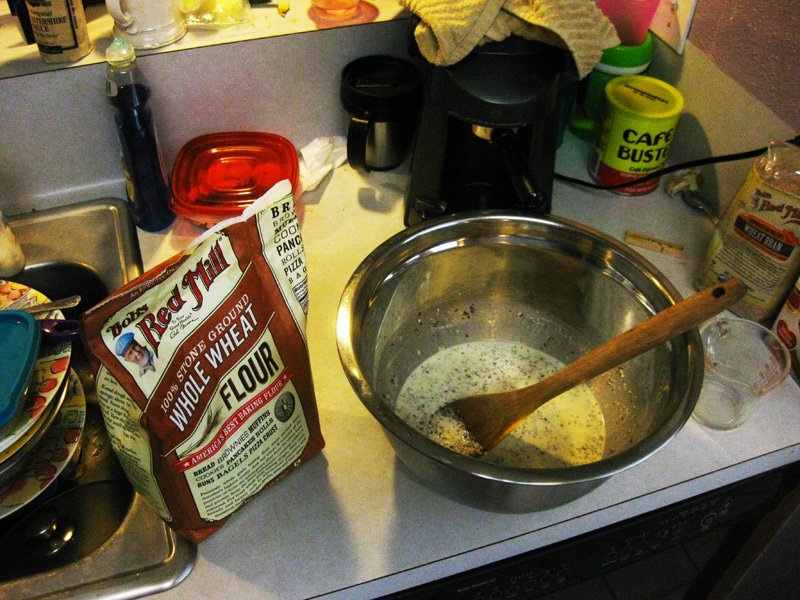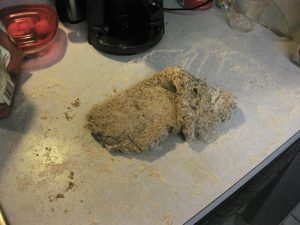Affordable and Natural Pest Control Solutions
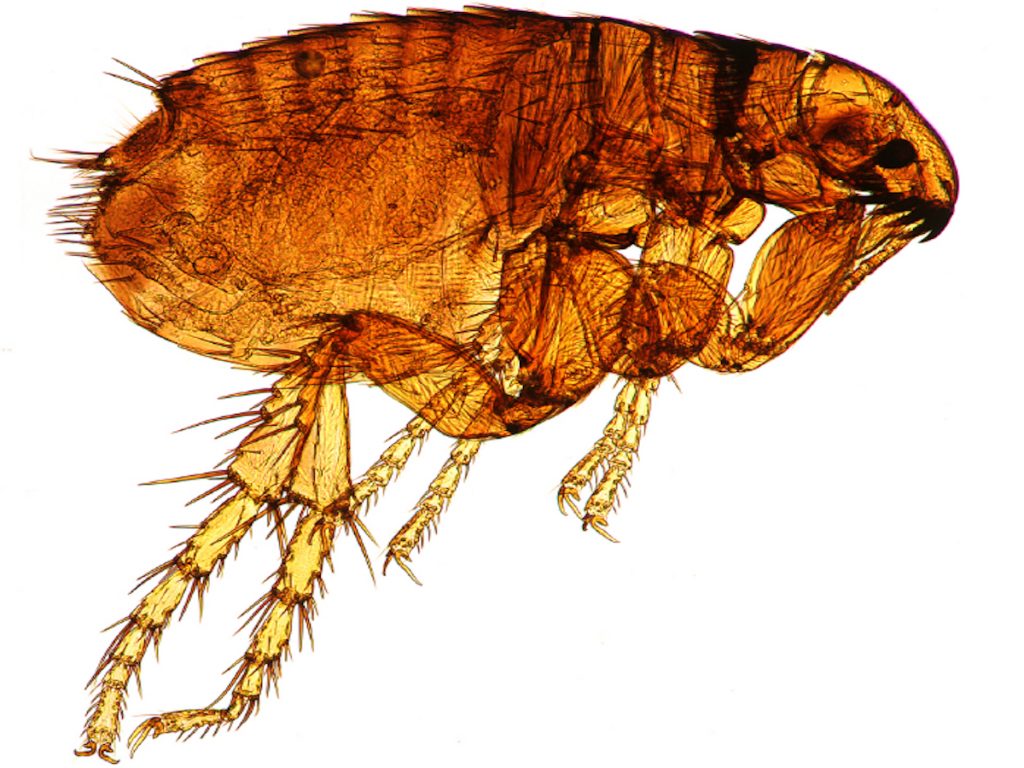
|
This article was updated on 02/17/21.
Ads we feature have been independently selected and reviewed. If you make a purchase using the links included, we may earn commission, which helps support the site.
Just one glance at that monster insect pest above is enough to make you want to eradicate them because of the sheer ugliness, but wait, it gets worse. Your pet or family members may develop flea allergy dermatitis, skin infections, and anemia from contact. Also, if your dog or cat ingests a flea (which is very likely) he may become infected with tapeworms.
According to the American Kennel Club, “Tapeworms are an intestinal parasite. Along with roundworm, hookworm, and whipworm, this flat, segmented worm is found in dogs, cats, humans, and many other species around the world. The most common tapeworm species is Dipylidium Caninum. The medical term for a tapeworm infestation is Cestodiasis.”
“First, the dog will ingest a host that is harboring tapeworm eggs, most often an adult flea. There are a few ways a dog might ingest a flea, such as self-grooming, or grooming a canine or feline housemate. Other animals that are potential transmitters of eggs include birds, rabbits, or rodents, which even a well-fed dog might scavenge for.”1
Why are Fleas so Hard to Get Rid Of?
Why are they such effective parasites? First, their bodies are flattened sideways, allowing them to easily navigate through your living room carpet, yard, dog park, or your pet’s fur no matter how dense it may be.
Secondly, those claws you see in the image above allow them to cling to Fido’s skin to resist all that scratching and chewing. And those back legs? They allow the pests to jump 50 times their body length! They would easily dominate in the Insect Olympics. Basically, your pets don’t stand a chance.
How Can You Practice Organic Flea Control?
In a previous post we explained how to eliminate flea larvae in outside the home by applying beneficial nematodes. This is a preventative measure since the larvae can never reach adulthood. Most of these flea controls are effective on other household pests, particularly orange oil.
But what if you already have them in your home? You need DIY home flea and pest control methods that don’t rely on poisons and pesticides. Filling your home with toxins to get rid of pests is like throwing the baby out with the bathwater. Following are some organic solutions.
- Homemade Flea Spray. This is a very economical method that is non-toxic to children and pets. All you need is a spray bottle and a few ingredients that you probably already have on hand. Combine 2 cups vinegar, 1 cup water, 3 tablespoons lemon juice and 1 tablespoon of witch hazel.
- Dawn Dish Soap. Any dish soap will work but Dawn is preferable. There’s a reason that its used on animals following oil spills. Simply fill small bowls with warm water and soap and place them in affected areas. Night time is most effective because fleas are nocturnal insects.
- Orange Oil Spray. This is one of my favorites for all types of pest control. It won’t harm humans or pets but it is deadly for insects including fleas, spiders, ants and more. It can be purchased at Amazon.com.
- Diatomaceous Earth. Again, look for this at the nursery. It is the microscopic remains of fossilized algae, in a fine powder form. Sprinkle the dust thinly in affected areas wearing a dust mask to avoid throat irritation. Wait two days and then vacuum thoroughly. Diatomaceous earth kills fleas by dehydrating their bodies.
- Rosemary as a Preventative Measure. While rosemary will not kill fleas, it will certainly keep them away. They don’t like it! There are two good methods. Firstly, let it dry and then grind it up finely. Sprinkle it anywhere you are experiencing flea activity. The second way is to use an herbal rinse to keep fleas off of your pet and outdoors where they belong. Place 1/2 cup fresh rosemary in a quart of boiling water and allow to steep for 30 minutes. Remove the liquid from the heat and strain it into a bowl. After it cools, apply it to your pet’s coat and let it dry before allowing your pet to go outside. Using both these methods in conjunction is an attack on two fronts. Hint: grown your own rosemary in your herb or veggie garden; this will ensure you have a steady supply of organic herbs.
Using a combination of these methods is more effective than a single one so don’t be afraid to experiment to determine what works for you. Do you know of any other effective home flea control methods? Tell our readers about it in the comment section below. We’re all in this together!
Further Reading
- Homemade Dog Food Recipe
- What Kind of Carpet is Right for Your Home?
- How to Prepare Homemade Drain Cleaners
- 5 Tips to Safely Handle an Indoor Pest Problem
- Companion Planting Guide for Your Veggie Garden
References
- American Kennel Club, Tapeworms in Dogs: Symptoms, Treatment, and Prevention, https://www.akc.org/expert-advice/health/tapeworms-in-dogs-symptoms-treatment-and-prevention/
Looking for more great content? Visit our main page or partner sites:
I offer article and blog-writing services. Interested? Hire Me!
Did you find this article helpful? Millions of readers rely on information on this blog and our main site to stay informed and find meaningful solutions. Please chip in as little as $3 to keep this site free for all.




